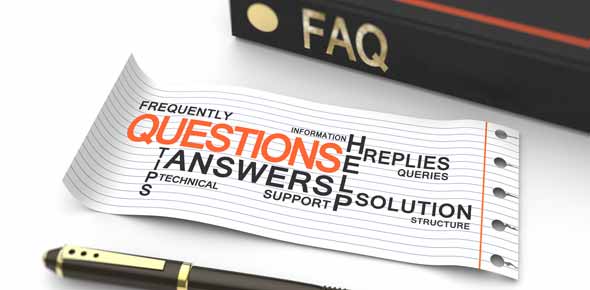Related Flashcards
Related Topics
Cards In This Set
| Front | Back |
|
Characterisitcs of Nonverbal communication:
|
Emotions and feelings are more accuratley and easily communicated nonverbally. Nonverbals are not easily controlled. When nonverbal and verbal messages conflict, nonverbals are usually more accurate. Nonverbals indicate how you should interpret a message.
|
|
Why look at Nonverbal messages>
|
93% of emotional meaning is taken from nonverbals.
|
|
What is nonverbal communication?
|
All the behaviors and elements of people, other than words, that convey meaning.
|
|
Types of Nonverbal Communication:
|
Appearance, Kinesics (body movements), facial expressions, physical environment, paralanguage, proxemics, other( haptics, olfactics, territoriality, temporal)
|
|
Emblems
|
Directly translate into words/phrases (ok sign)
|
|
Illustrators
|
Accompany and illustrate a verbal message (size of the fish you caught)
|
|
Affect displays
|
Emotional meaning (fear, happiness, anger)
|
|
Regulators
|
Monitor, maintain, or control the speaking of another (hanf gesture to slow down)
|
|
Adaptors
|
Satisfy some need (scratching your head)
|
|
Distractors
|
No function (nervous habits)
|
|
Common Facial expressions
|
Flirting, embarrassment, submission,hapiness, sadness, anger, disgust
|
|
Gaze
|
An individual's looking behavior. Used to regulate and monitor communication. It is also used to express willingness or lack of desire to communicate.
|
|
Paralanguage
|
How something is said; anything that affets the content of what is said. Stress, Pitch, Rate, Volume, Rhythm, Fillers, Pauses, Distractors.
|
|
Space and Proximity
|
The distance we choose in a given conversation is a function of our cultural and personal expectations for appropriate distance.
|
|
Intimate
|
Physical to 18 inches
|





